
For the fourth time in history, the country will have to elect the President of the Republic in a second round of elections.
On this occasion, Jose Maria Figueres from the National Liberation Party (PLN for the Spanish acronym) and Rodrigo Chaves from the Social Democratic Progress Party (PPSD for the Spanish acronym) will vie for citizens’ votes since they didn’t obtain the necessary 40% minimum of the total valid votes cast to win definitively in the first round.
The winner in the first round was abstentionism, which reached 40%, the highest figure recorded in the history of national elections.
Figueres obtained 571,518 votes, while Chaves won 351,453 votes. The National Liberationist was the winner in Guanacaste and in the provinces in the middle of the country: Cartago, San Jose, Alajuela and Heredia.
On the other hand, the majority in Limon and Puntarenas opted for Chaves.
The people have also elected their president in the second round in three previous elections:
- 2002: Rolando Araya from PLN against Abel Pacheco from the Christian Social Unity Party (PUSC).
- 2014: Luis Guillermo Solis from the Citizen Action Party (PAC) and Johnny Araya from PLN.
- 2018: Carlos Alvarado from PAC and Fabricio Alvarado for National Restoration.
Will there be a third round if both candidates receive the same number of votes? Are invalid votes added to any candidate’s tally to break the tie? We answer these and other questions that are key to understanding the presidential run-off based on explanations from TSE officials and official documents from the institution, mainly the regulations for the second round.
1. How is the day of the second round determined?
The date follows a mandate established in article 138 of the Political Constitution, which establishes that if no political party exceeds 40% of the total valid votes cast during the first round, elections must be held on the first Sunday of April.
On this occasion, the elections will be on Sunday, April 3.
2. Is only the president elected?
Yes. The legislators who will represent the political parties in the Legislative Assembly were defined from the first electoral round. That’s why you’ll only be given one ballot this Sunday.
3. How will the order of the candidates on the ballot be drawn?
The same order drawn in November 2021 is kept, understood in an order from left to right. According to this, Chaves will be located on the left and Figueres on the right.
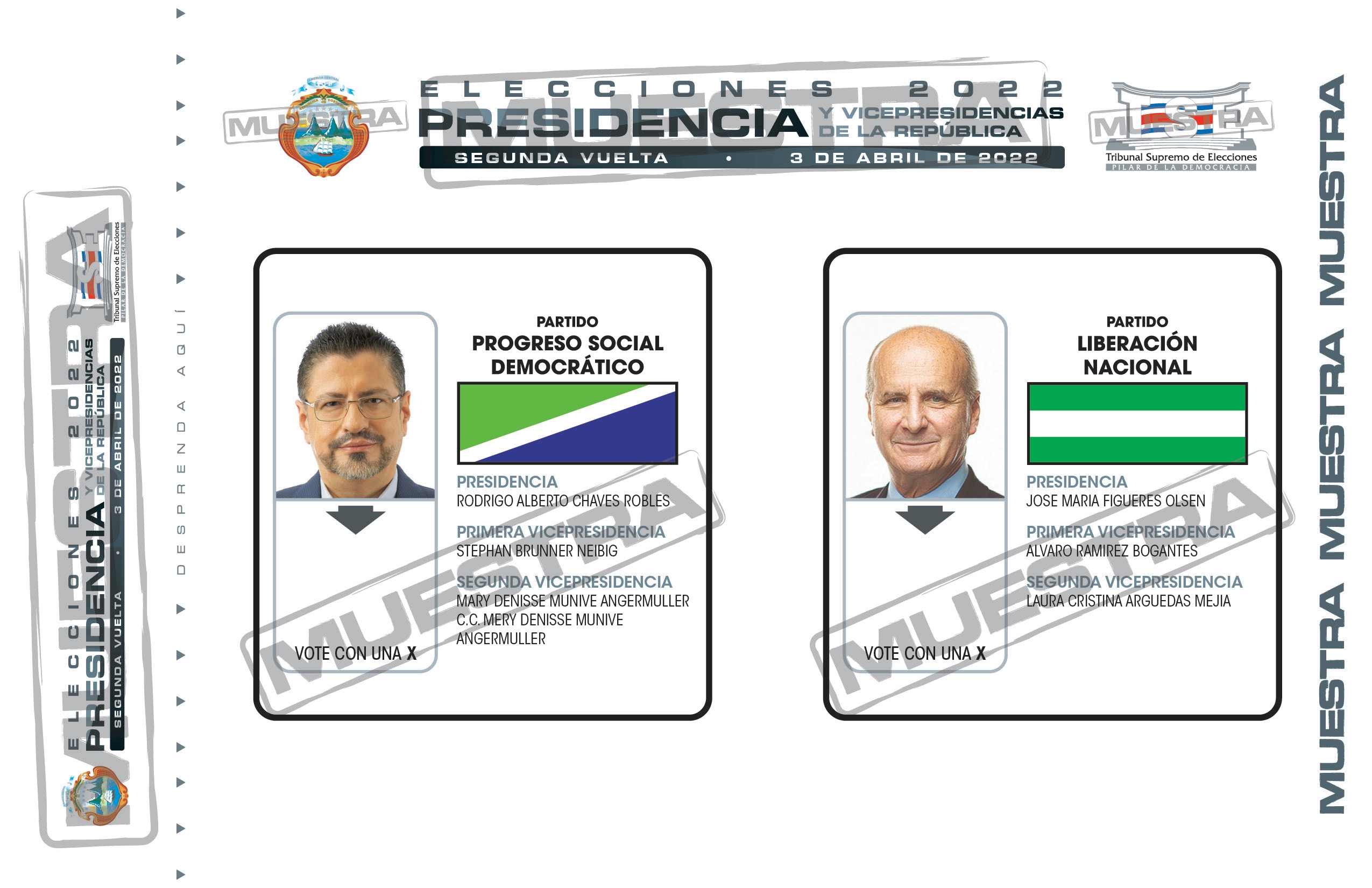
Sample presidential ballot for April 3.
4. Do I need to review something on the ballot?
Yes, the ballots must be signed on the back by the members of the polling station. If you don’t have at least one signature, the vote will be void. Check this when they give you your ballot.
5. Will they give a crayon to vote?
Yes, but people can also bring their pen if they prefer.
6. What percentage of the votes does a candidate need to be declared president in the second round?
There isn’t a certain percentage that needs to be surpassed. On this occasion, it is won by a simple majority, which means that with just one more vote, the candidate is declared the winner.
In the event of a possible tie, the TSE declares the oldest person the winner, which would be Jose Maria Figueres in this case.
7. Are the same voting centers used both nationally and internationally?
Yes. This is an extension of the first electoral round, so the 2,151 voting centers stay the same. People should vote in the same place where they did it the first time. They can verify their voting location at this link.
8. Can the electoral registry undergo any change?
The electoral registry must be the same as the one used in the first round. A citizen can’t be included or excluded from it. The idea is that the same people who decided the first time do so this second time. There are 3,541,908 people registered to vote in this second round.
9. Are invalid or blank votes added to any candidate’s tally?
No. The TSE does not add blank or invalid votes to any candidate’s tally nor are they taken into account to annul the elections.
10. What are the reasons why the TSE considers a vote invalid?
Article 194 of the electoral code specifies the reasons for which the Court can declare a vote invalid. These include:
- If the boxes of two or more candidates are marked on the ballot.
- If the ballot in any way reveals the identity of the voter.
- If the receiving boards cannot clearly define who the person intended to vote for.
- When the receiving board retains and annuls the ballot because the voter took more than the 90-second limit to exercise the right.
- If the votes arrive outside of the designated timeframe or are taken to other places than those previously determined by the TSE.
- If the ballots don’t have the signatures of the members of the receiving board.
11. What will the hours be for the ballot boxes for this second round?
The day will run from 6 a.m. to 6 p.m. nationwide and from 9 a.m. to 7 p.m. in foreign countries.
12. When will we know the results of the second round?
The TSE will start the solemn session, in which it gives the preliminary results, at 8 p.m.
13. How much does this second day cost the TSE?
The TSE budgeted 9,240,700,000 colones (about $14,216,000) for the entire electoral process. Of this, 6,624,100,000 colones (about $10,190,000) was spent in the first round and 2,616,600,000 million (about $4,026,000) was anticipated for this second round. In total, that’s 1 billion colones (about $1.5 million) more than in the second round four years ago.


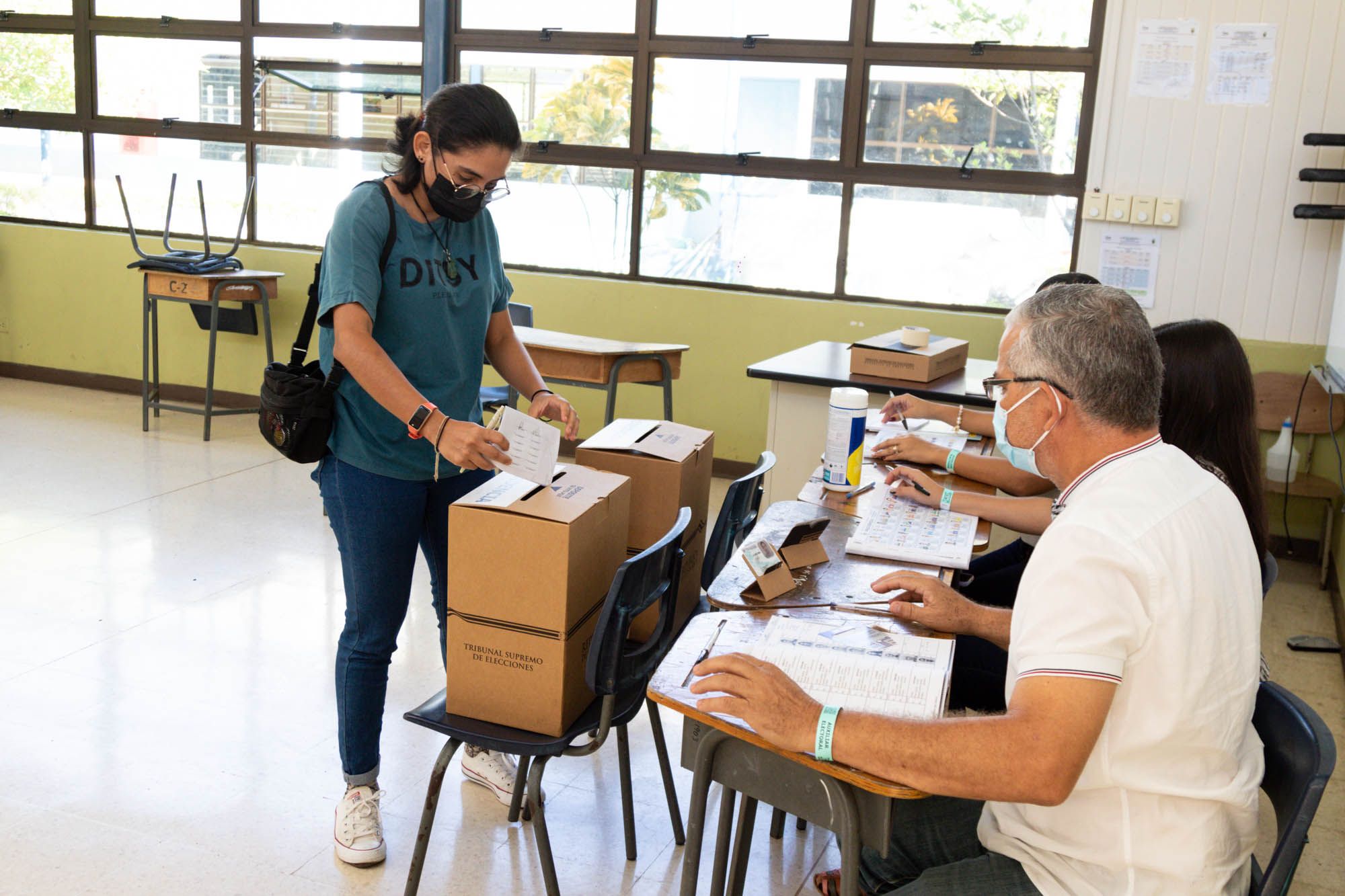
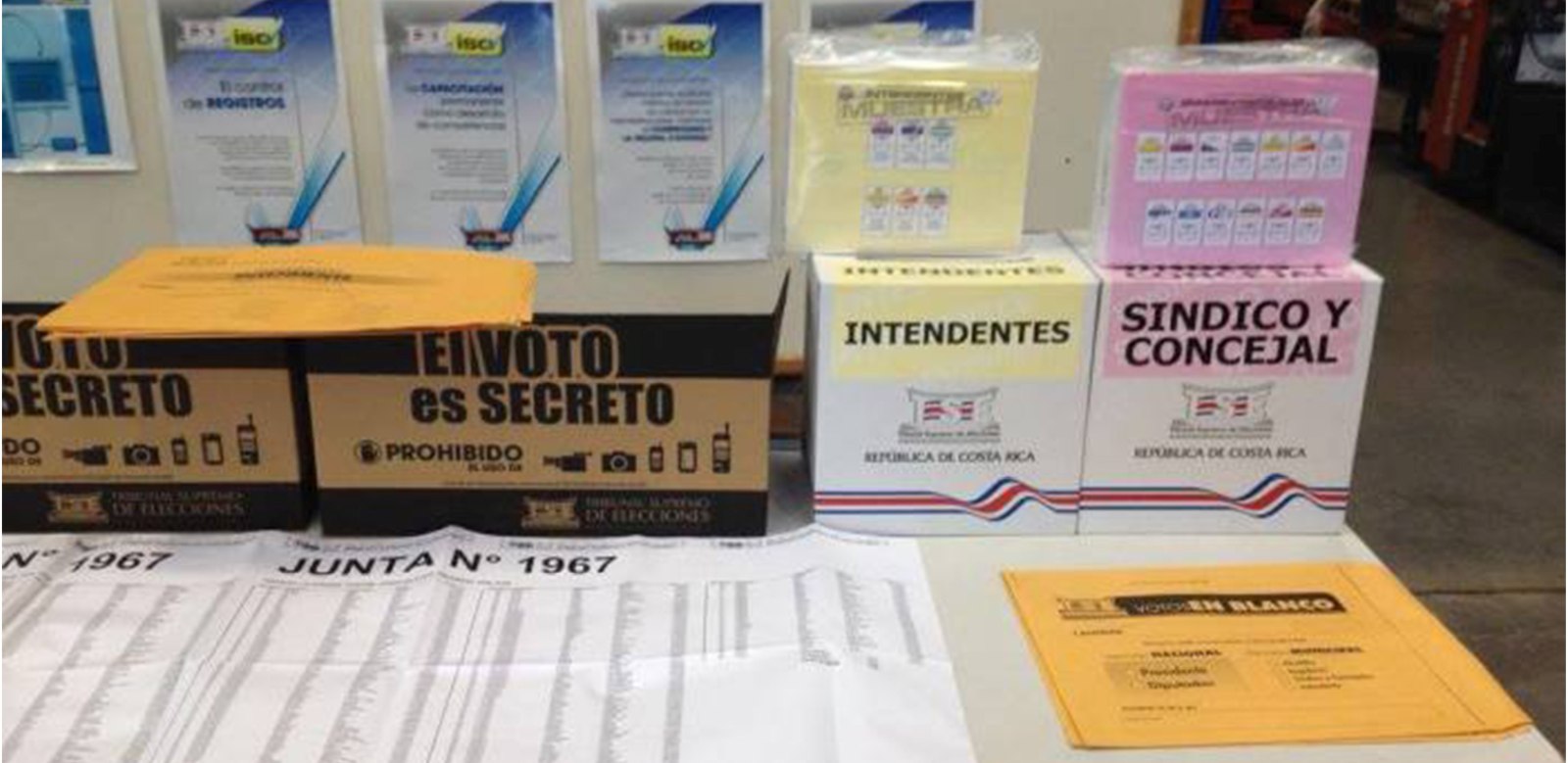
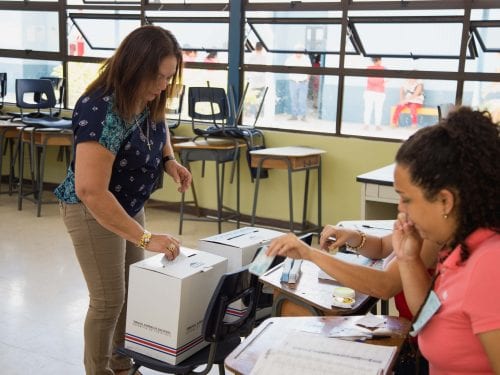
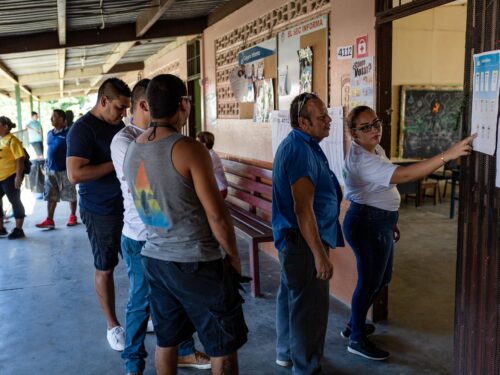

Comments